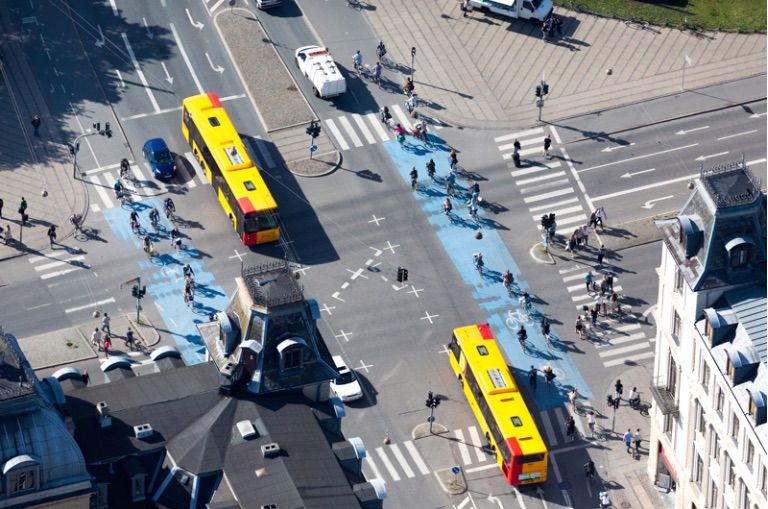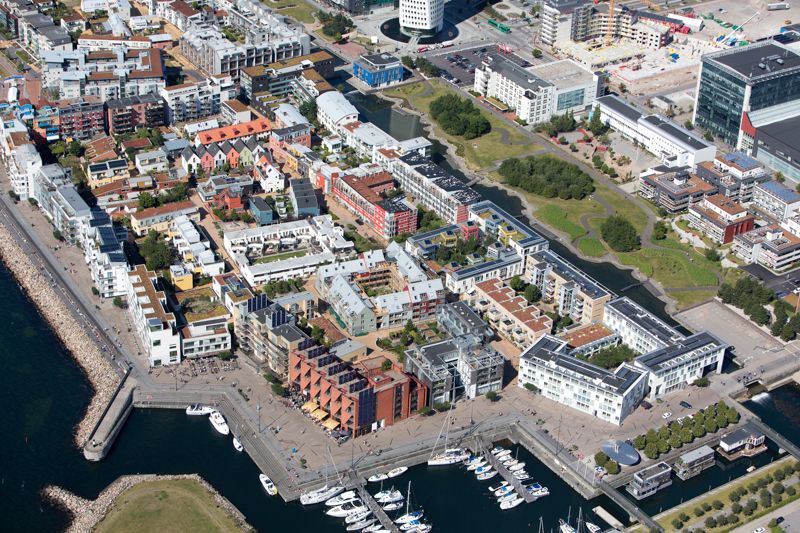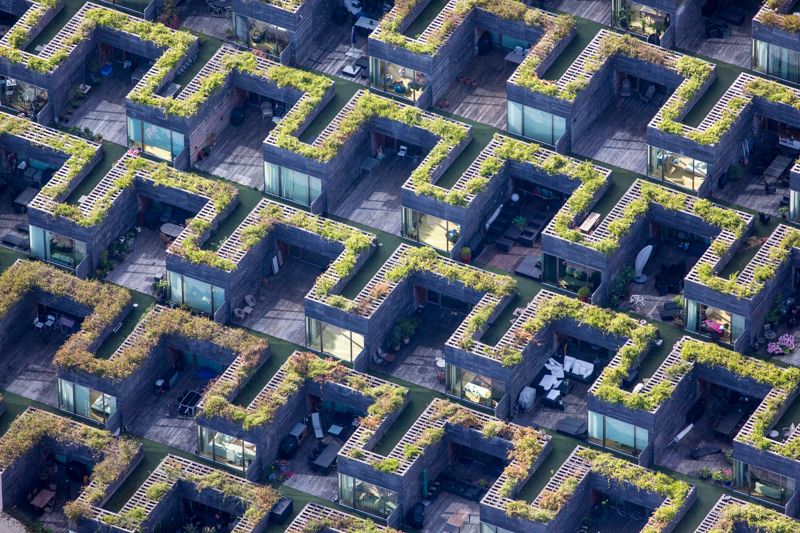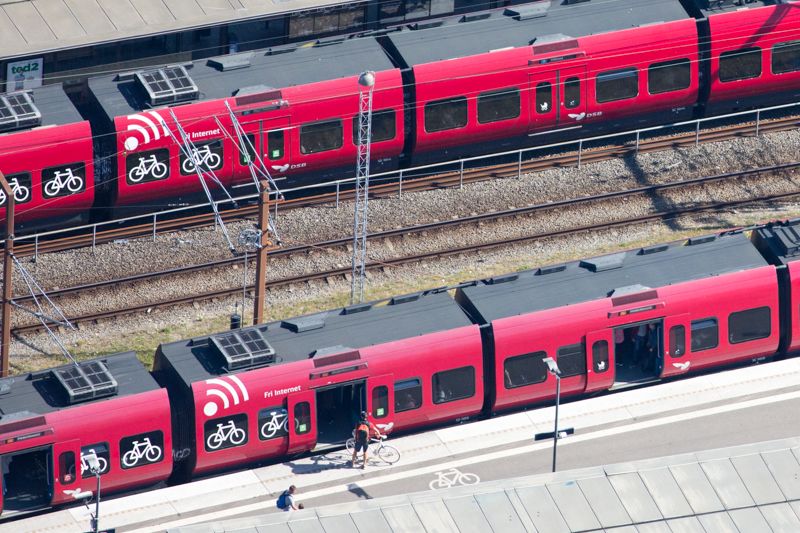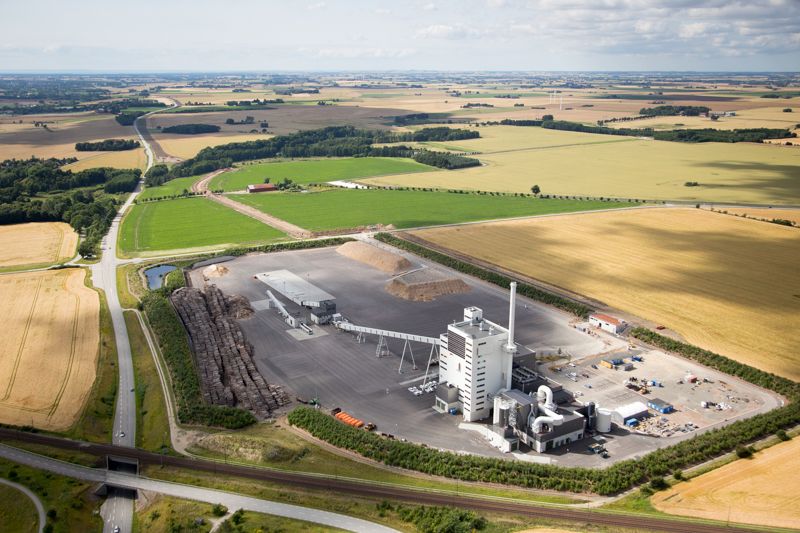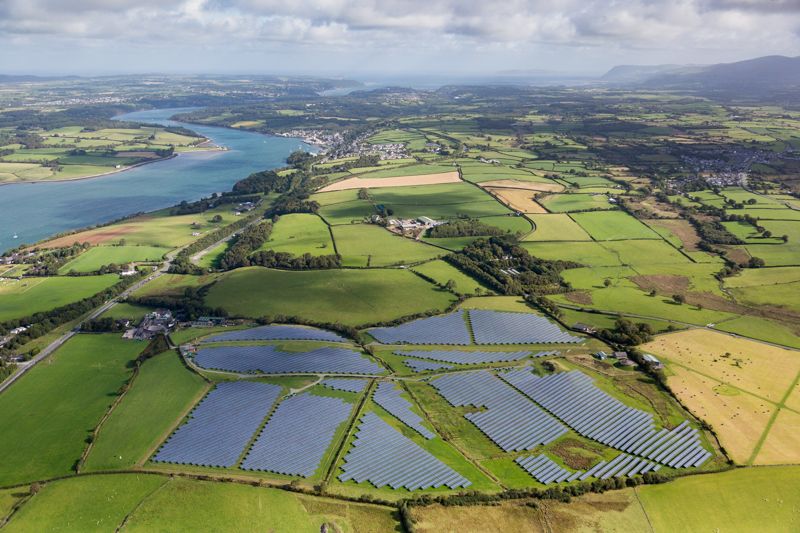Europe and the United States have very similar standards of living, but significantly different carbon footprints — with Europe’s per capita carbon emissions less than 50 percent of those in the U.S. Aerial photographer Alex MacLean decided to document this phenomenon in an attempt to understand how the highly developed nations of northern Europe are able to spew significantly less carbon into the atmosphere. Flying over Sweden, Denmark, Germany, the Netherlands, and Wales with camera in hand, MacLean came away with an appreciation for how a country’s carbon footprint is directly related to how efficiently it designs, moves through, and powers its built environment.
Over a series of months, MacLean documented historical design advantages that many European nations have inherited and now knowingly reinforce in their physical landscapes: dense urban centers with an emphasis on pedestrian and bike accessibility; compact rural and suburban communities with sharp growth boundaries; connectivity between public transport and human-powered transportation; the integration of commercial and retail space into the fabric of residential areas; and a dearth of sprawl. “How we organize ourselves on the ground is the key factor determining how much fossil fuel we burn,” MacLean says.
